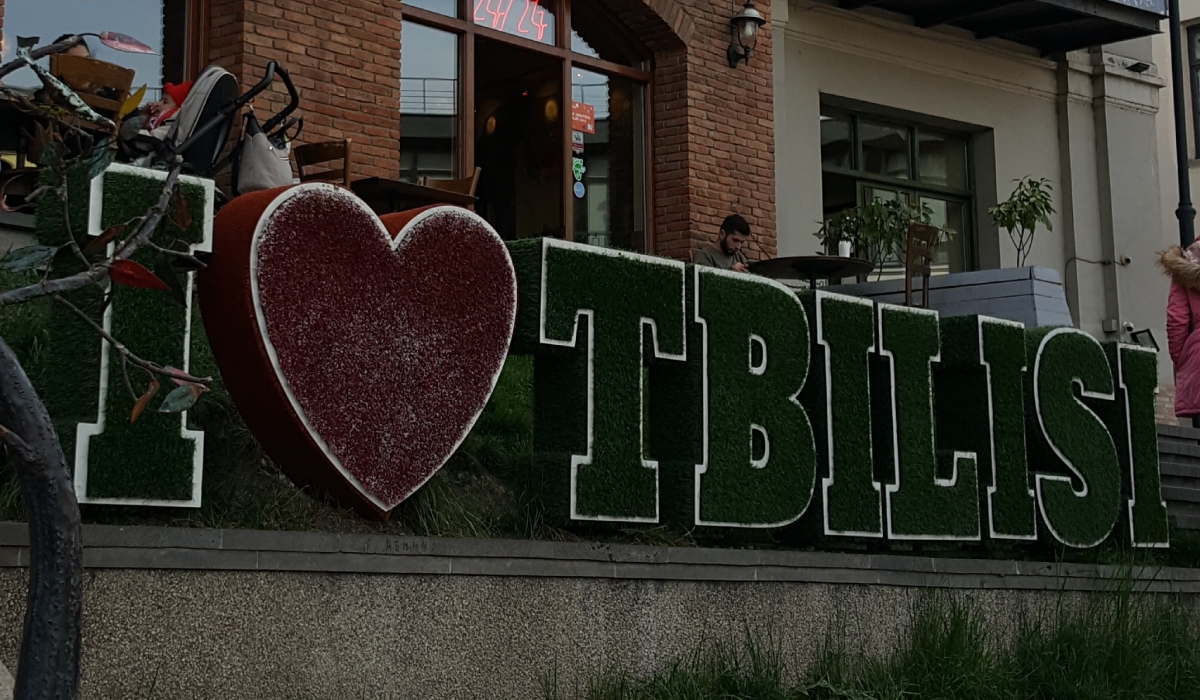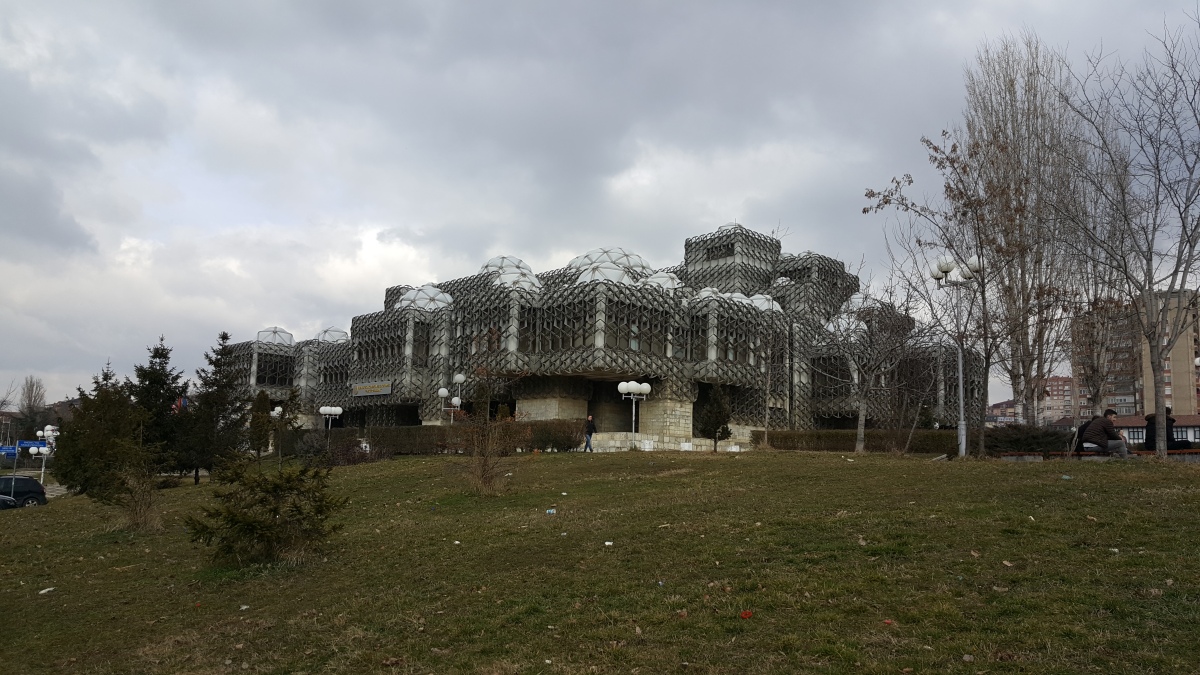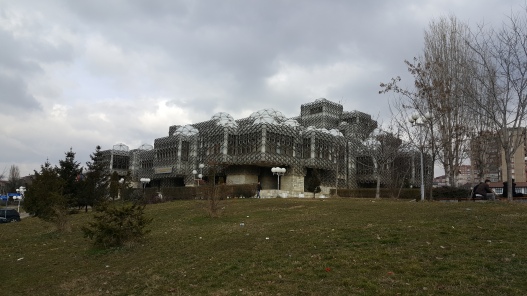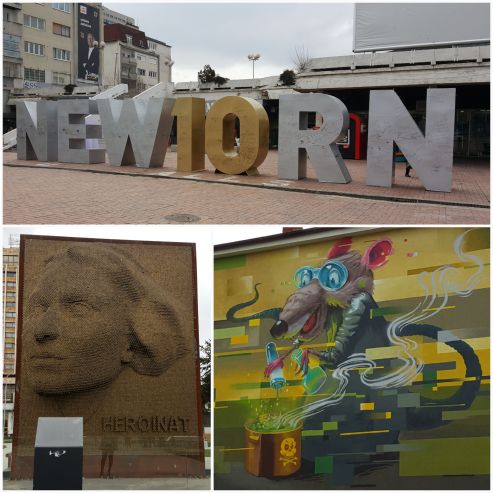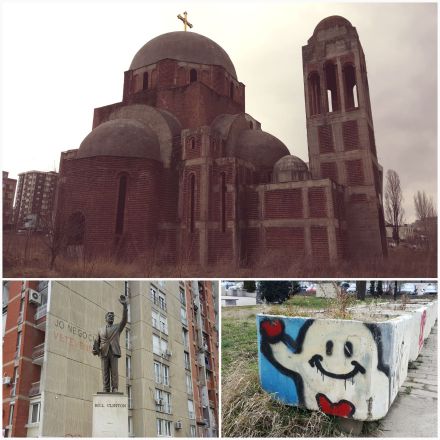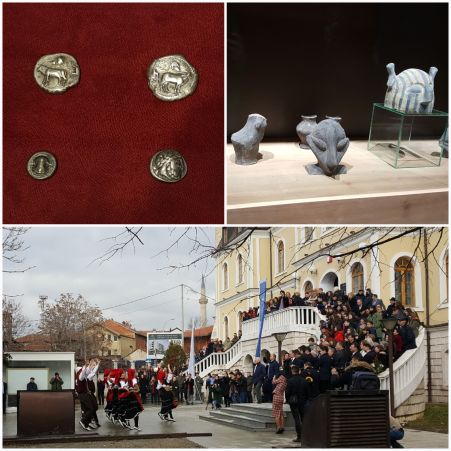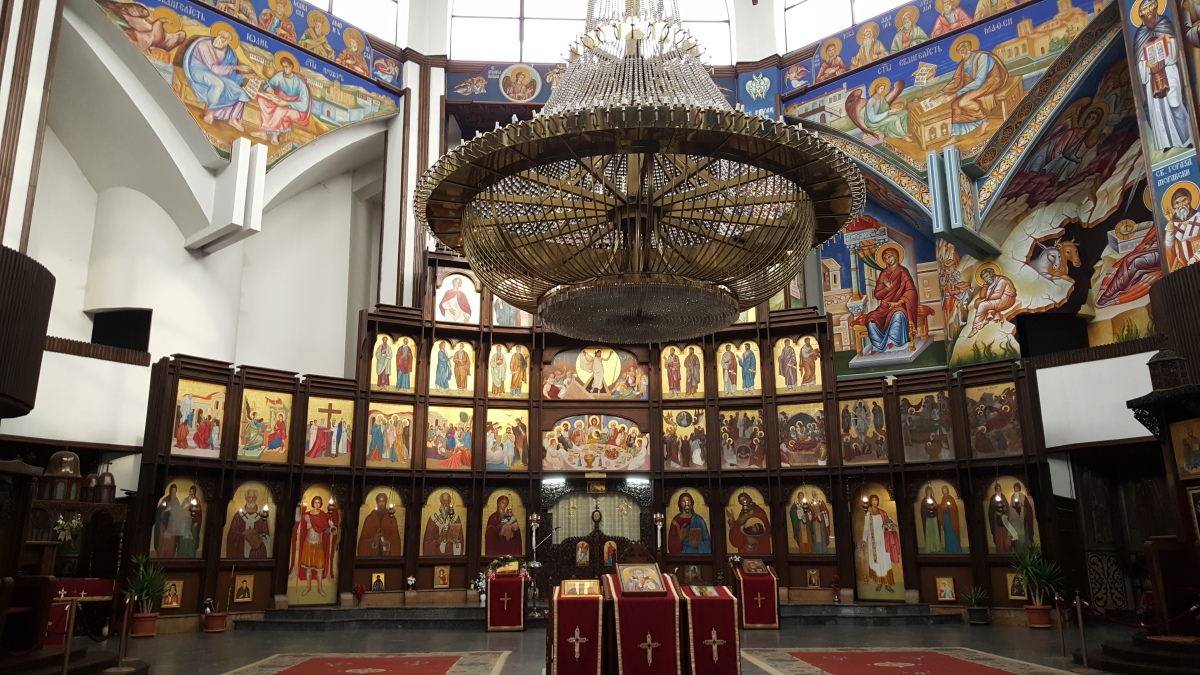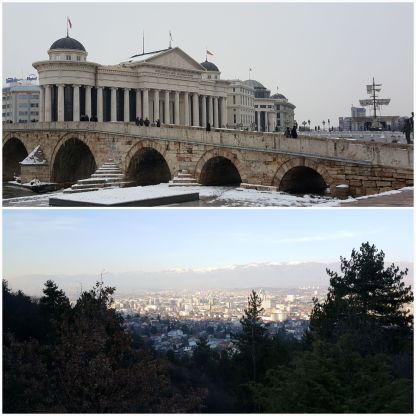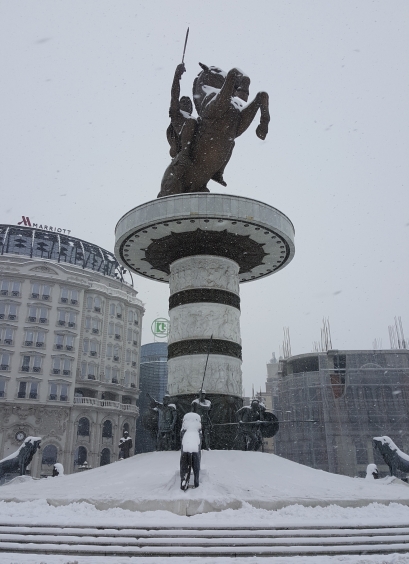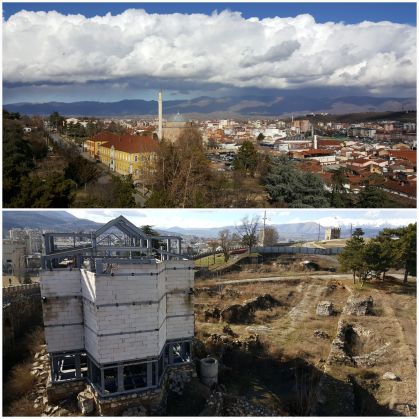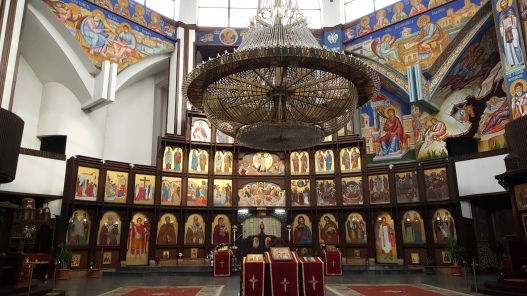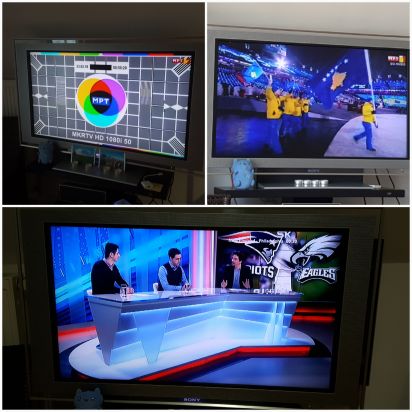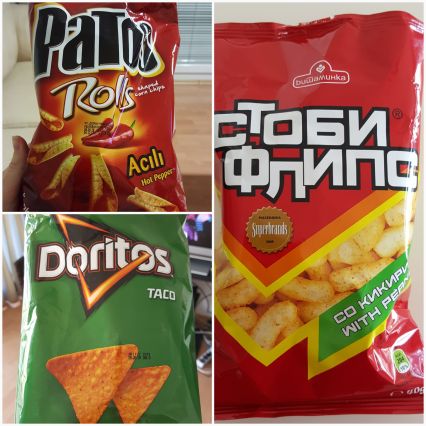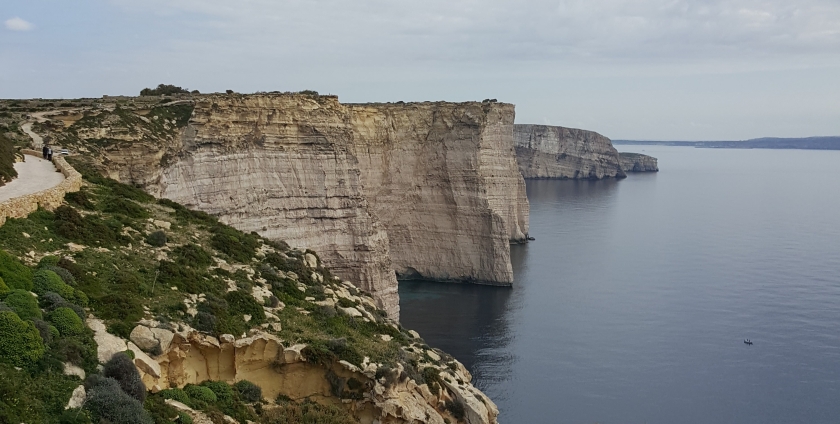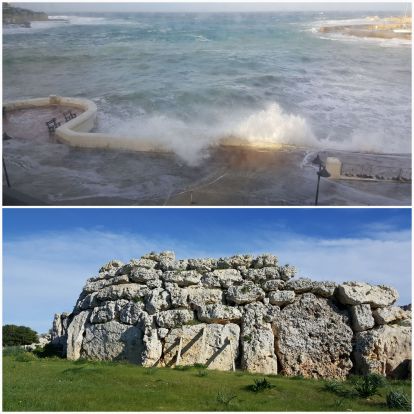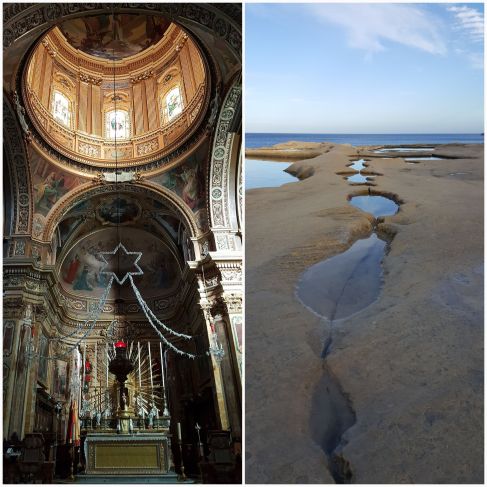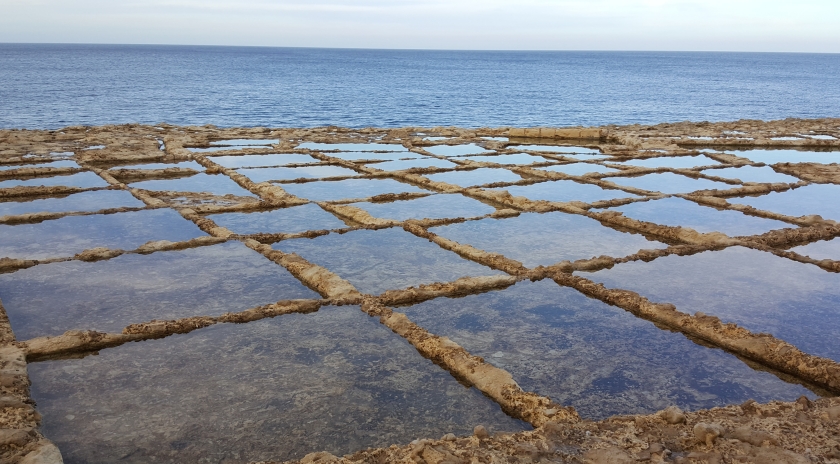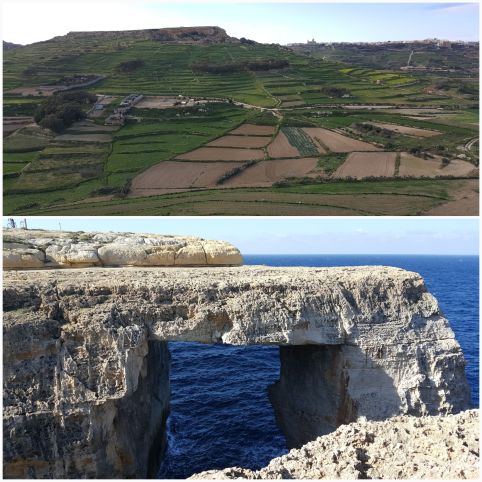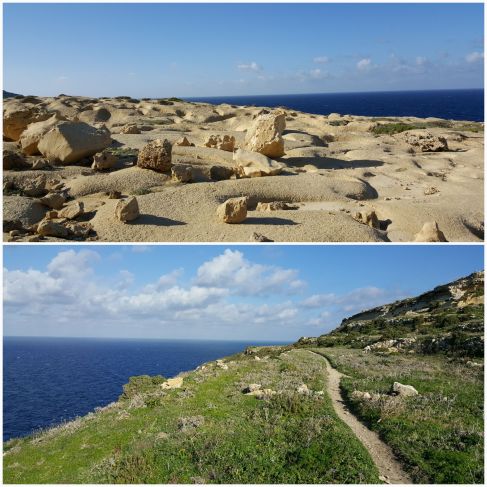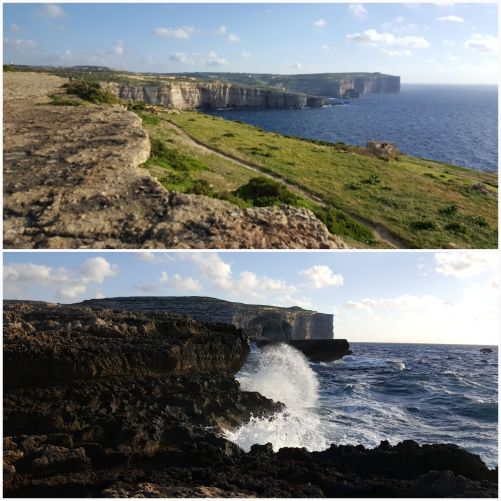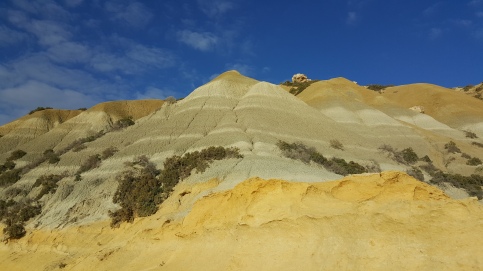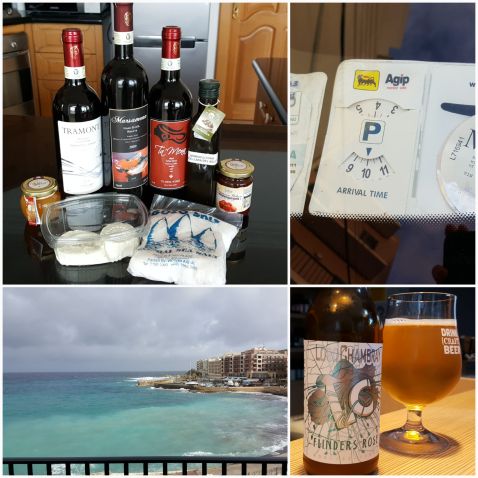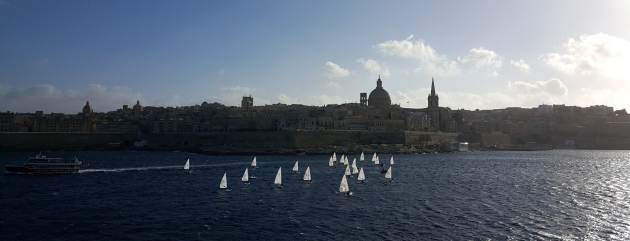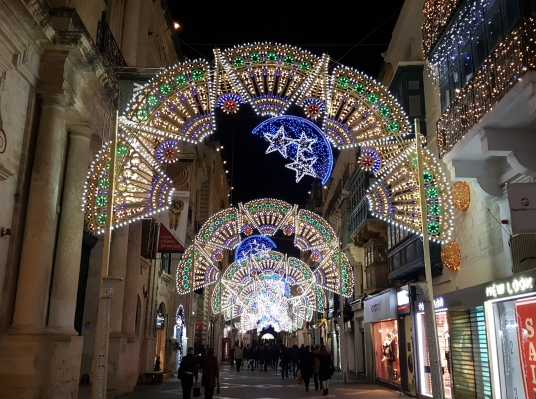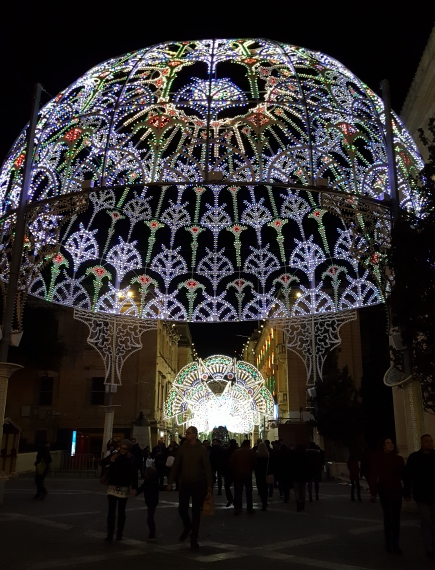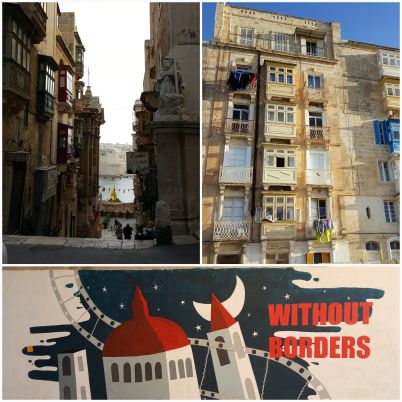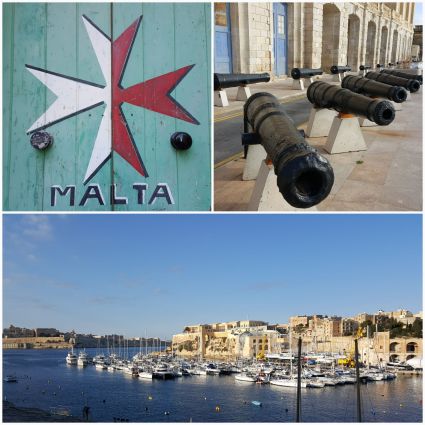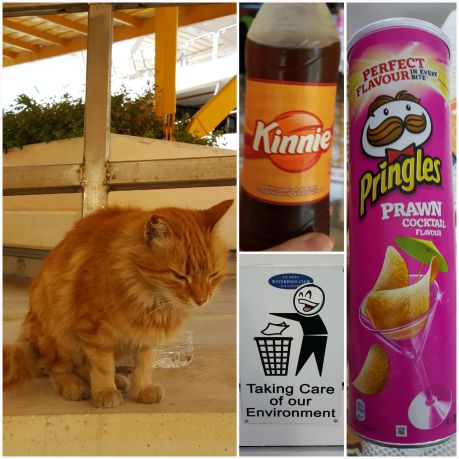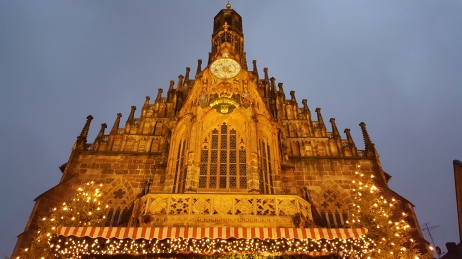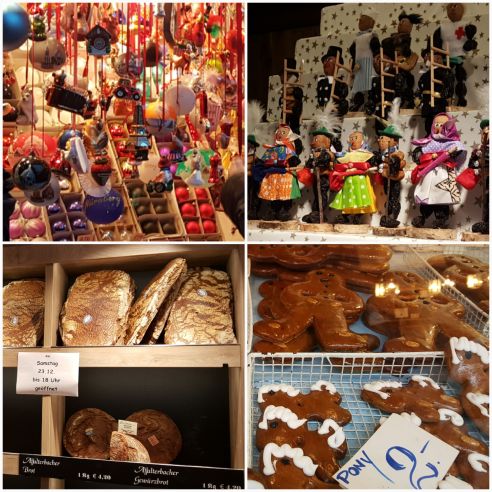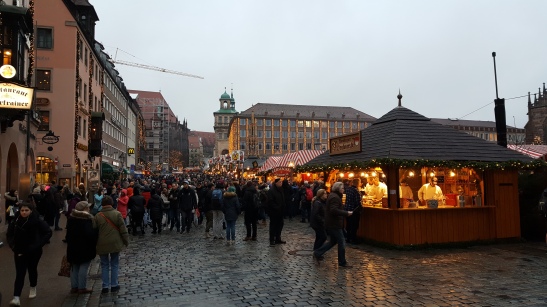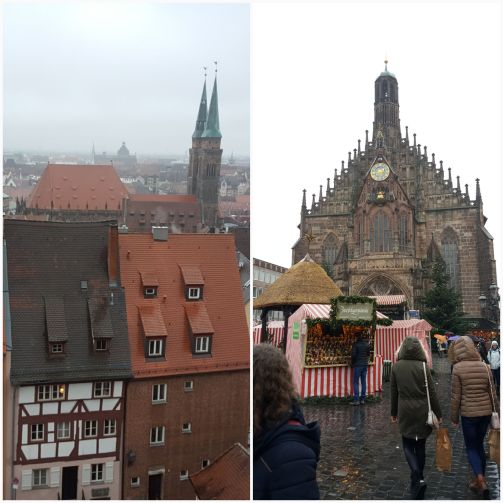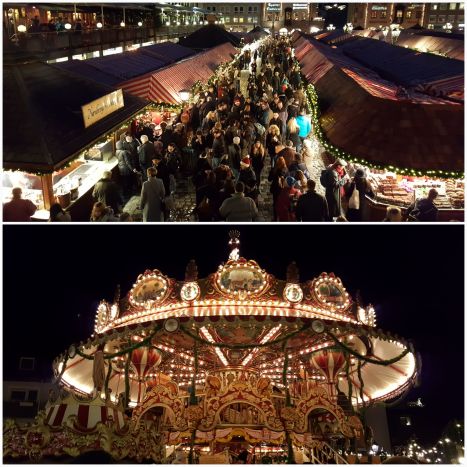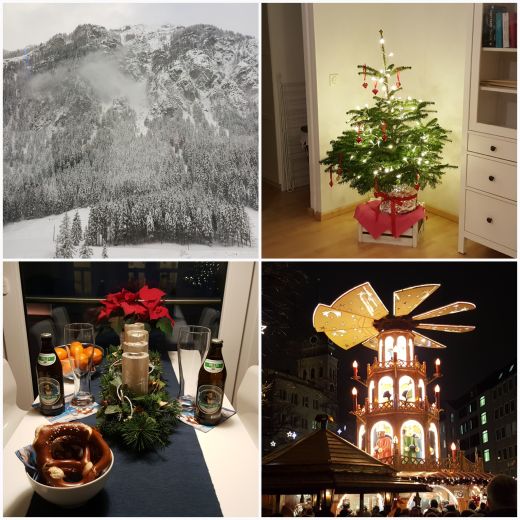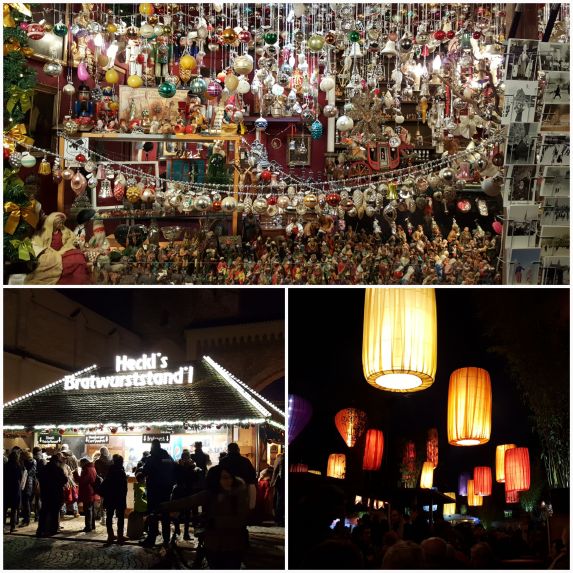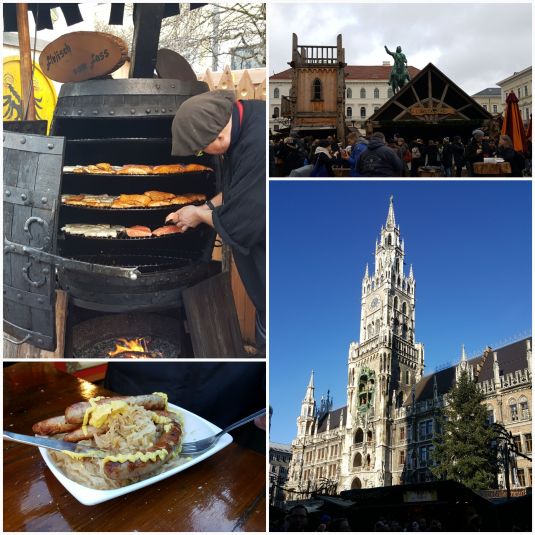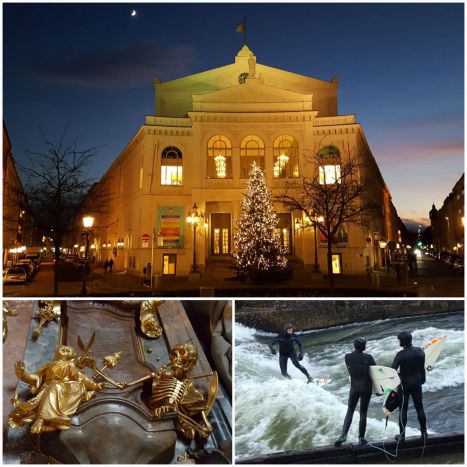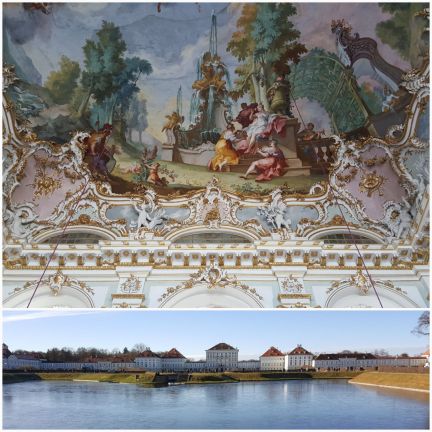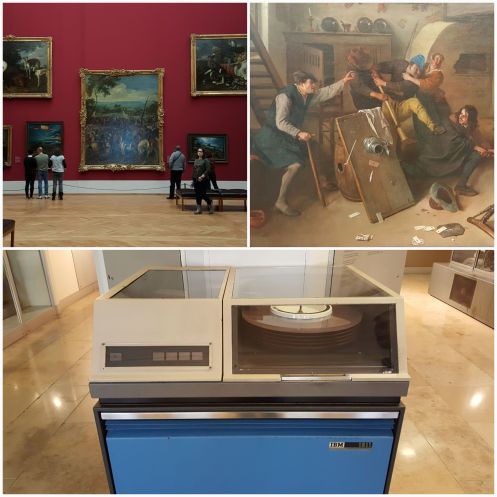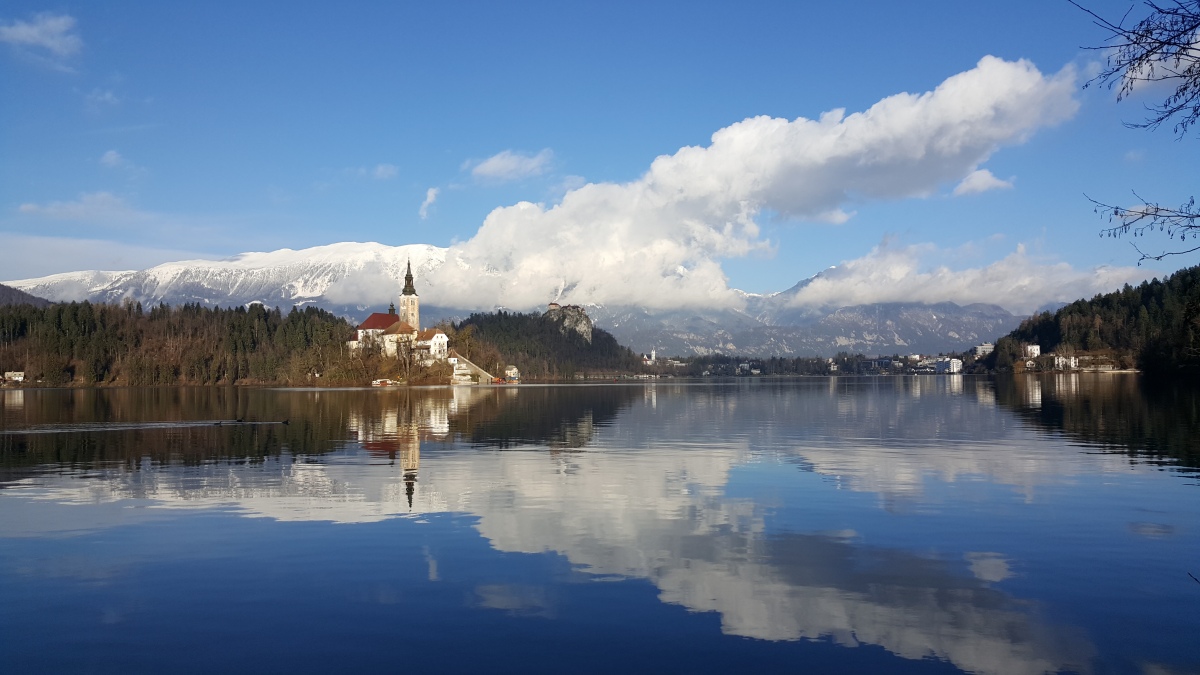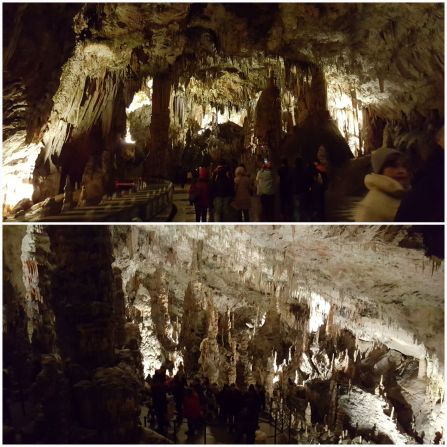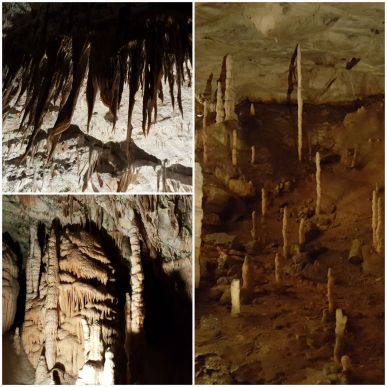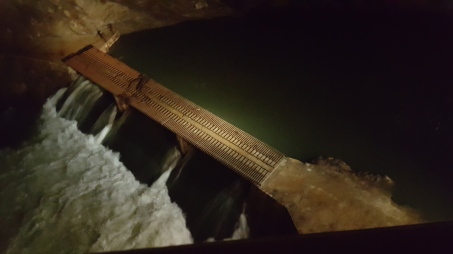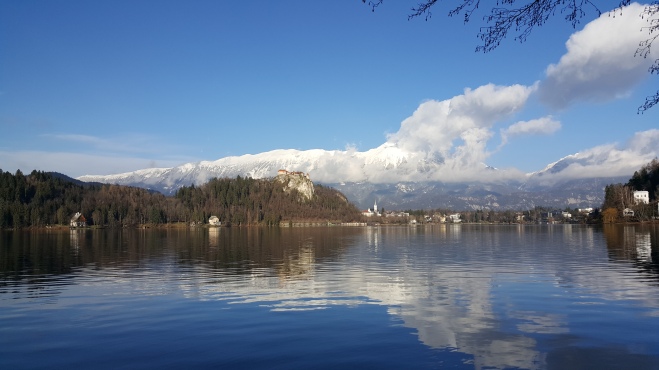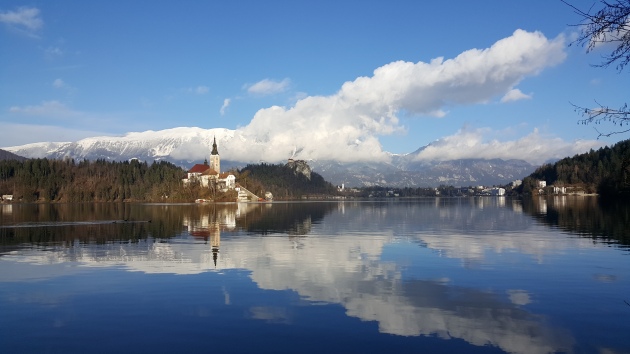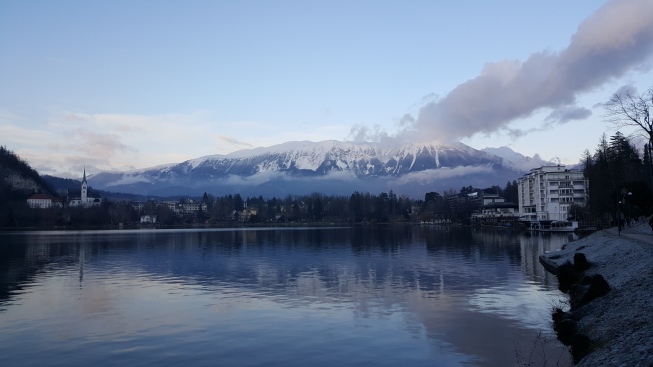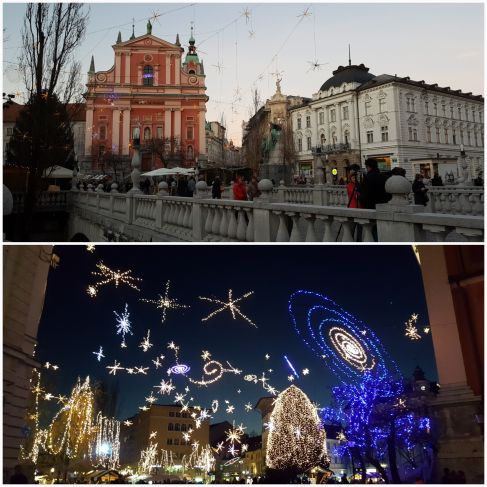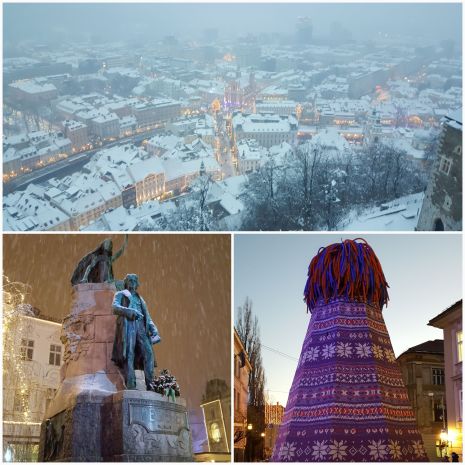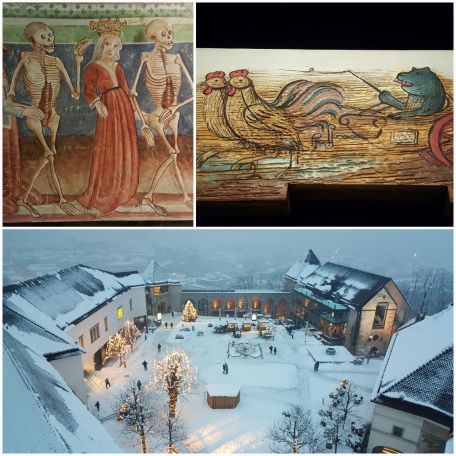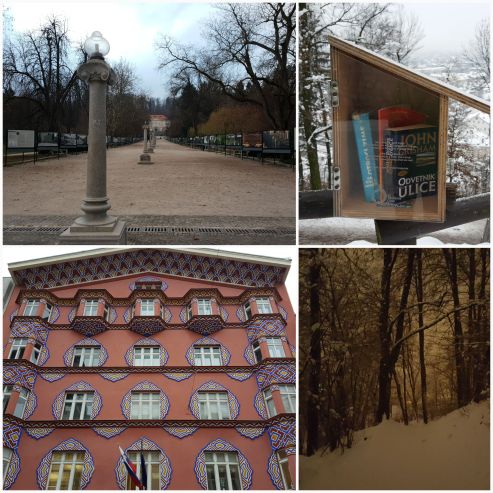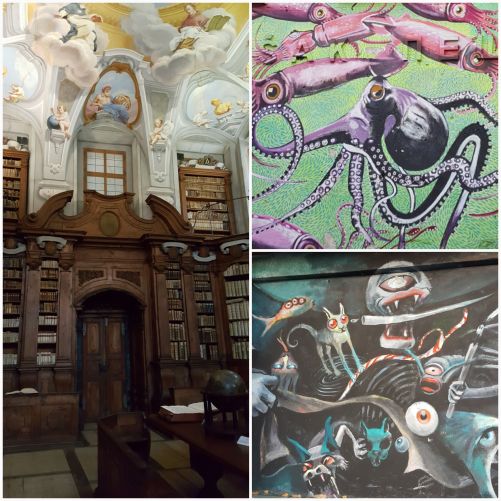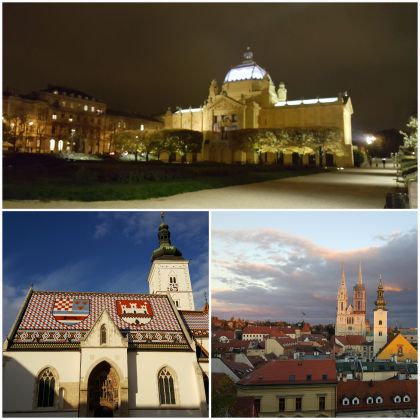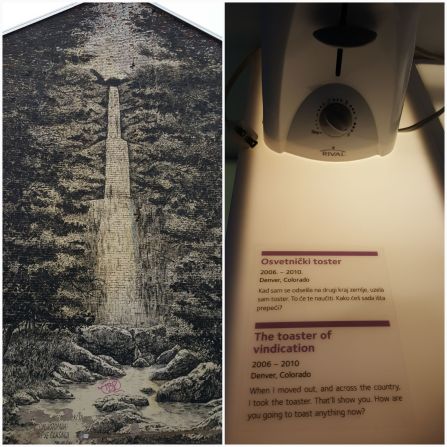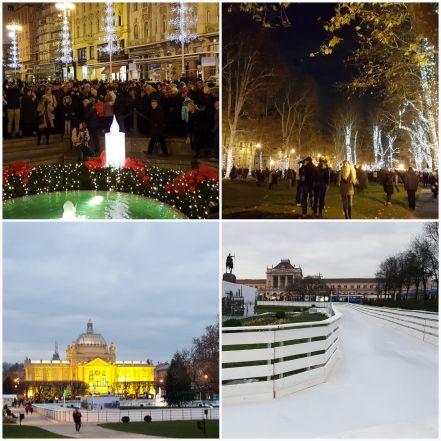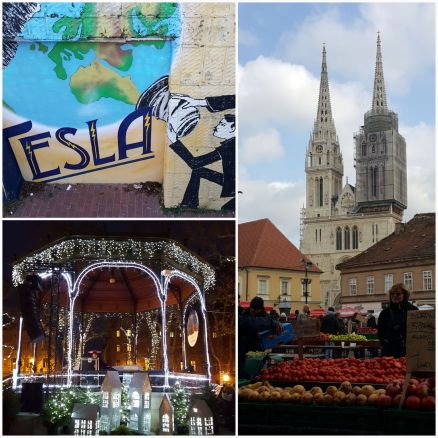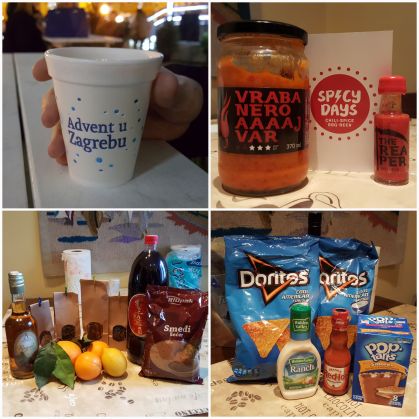Coming from snowy Skopje, Tbilisi provided a welcome boost in temperatures. Though we flew over plenty of snow-topped mountains, Tbilisi was well ahead in the season. Spring rapidly closed in. Flowers and trees bloomed and the sun shone with just the slightest chill on the breeze.

Our Airbnb sat at street level on a main thoroughfare. Noise from vehicles, impatient drivers, and construction resounded at all hours. Closing our shutters blocked a small portion of the cacophony but left us in cavelike darkness. It took a couple weeks to get used to the noise but we never got comfortable with the absence of sun in the mornings.
But it turned out Tbilisi is a loud city in general. There were precious few places inside the city that were free of cars. Honking and loud engines are the norm. Highways ran along both sides of the river, and only a few short sections have anything resembling a pedestrian waterfront, though this seems to be gradually improving.
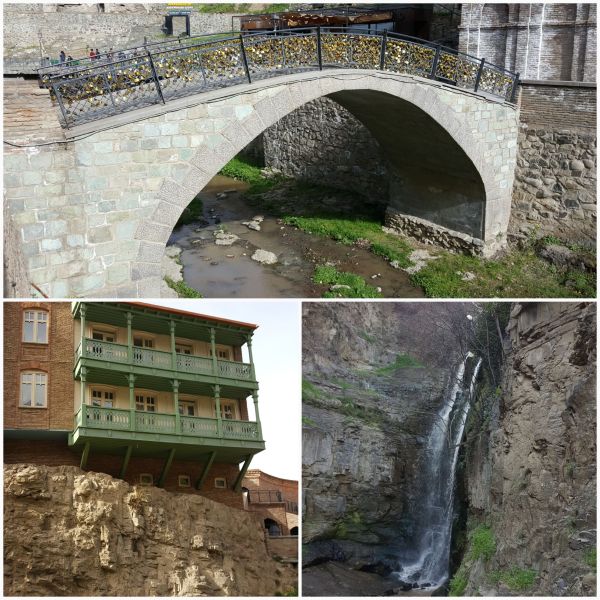
For my moderate complaining, however, this might be one of the most photogenic and beautiful cities anywhere. Every street has its own bakery wafting fresh-bread smells out the windows and old women selling fruits or socks in the alleys. Porches made of intricately designed wooden slats or wrought iron hang over many sidewalks. Ancient-feeling churches glow with candles and the soft odors of incense. The Old Town even hides a bridge covered in love locks and a waterfall.
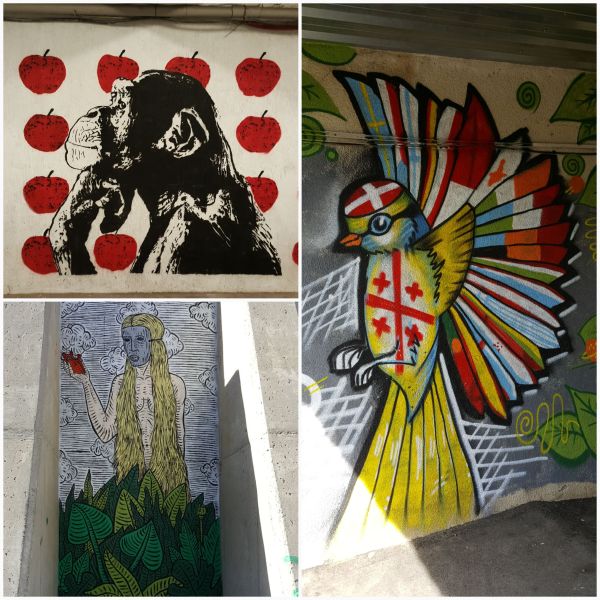
And some wonderful street art. The pedestrian walkways circling under Heroes Square hold particularly amazing murals, probably crafted by local university students. Thousands of square feet of constantly changing artwork make the concrete tunnels the equal of many art galleries.

The artworks inside the museums are good too. Though the National Galleries are small in size, they pack a larger punch than their limited number of rooms suggest. Niko Pirosmani and his ‘primitive’ paintings hold the most honored spot in Georgian art. His giraffe and peasant images pop up on all kinds of souvenirs.

Apart from art, the Georgian National Museum displays several millenia’s worth of artefacts. Jewelry made of delicate filaments (even one necklace of tiny turtles!) shows off the region’s goldsmithing traditions. Christianity made early inroads, from the start of the 300s onward. Church textiles and icons have been preserved and some of the best examples moved to Tbilisi.

Our favorite thing about Georgia’s capital turned out to be the food. Especially the carbs. Traditional bakeries are ubiquitous. At 80 tetri a loaf (about .33 cents), it was impossible to pass one up. We bought shotis puri fresh from the oven, delicious enough to eat plain.
Khinkalis, a dumpling filled with meat or veggies, could be bought almost anywhere, from fancy restaurants to the bulk frozen section of the grocery store. The juices stew inside the dough adding extra flavor. The preferred way to eat them is by using the top as a handle and angling them to keep the juice from spillng. I didn’t manage that, but they were tasty even with knife and fork.

The king of Georgian cuisine is khachapuri. It combines local bread and cheese into a boat- or pizza-like dish of incredible carb and calorie density. Adjarian khachapuri adds an egg to the mix. Cracked onto the cheese as the dish comes out of the oven, the radiating heat helps cook the egg. It may be the world’s pinnacle of culinary achievement.
Though Orthodox Easter fell after our stay, egg dying ingredients were already being sold. Traditionally madder root is cut or crushed into a pot of boiling water along with onion skins. Eggs are added and boiled before being allowed to sit for several hours. Out attempt fell short of the deepest color, but experimenting is always fun.
Armenia may be our next stop, but we already have two more months in Georgia planned. I know more carbs will be on the way!
